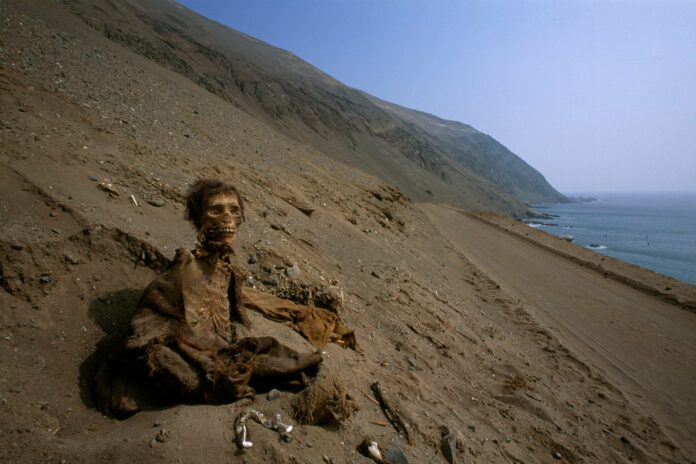A Serendipitous Discovery in Arica
In the coastal city of Arica, northern Chile, an unexpected archaeological treasure emerged from the earth. During a routine field trip to Morro de Arica, a group of American school students participating in an archaeology workshop made a startling discovery. At the base of El Morro, a towering coastal cliff, they unearthed a mummy estimated to be 7,000 years old. This ancient relic, likely exposed by recent earthquake-induced landslides, opened a window into one of South America’s most intriguing early civilizations.
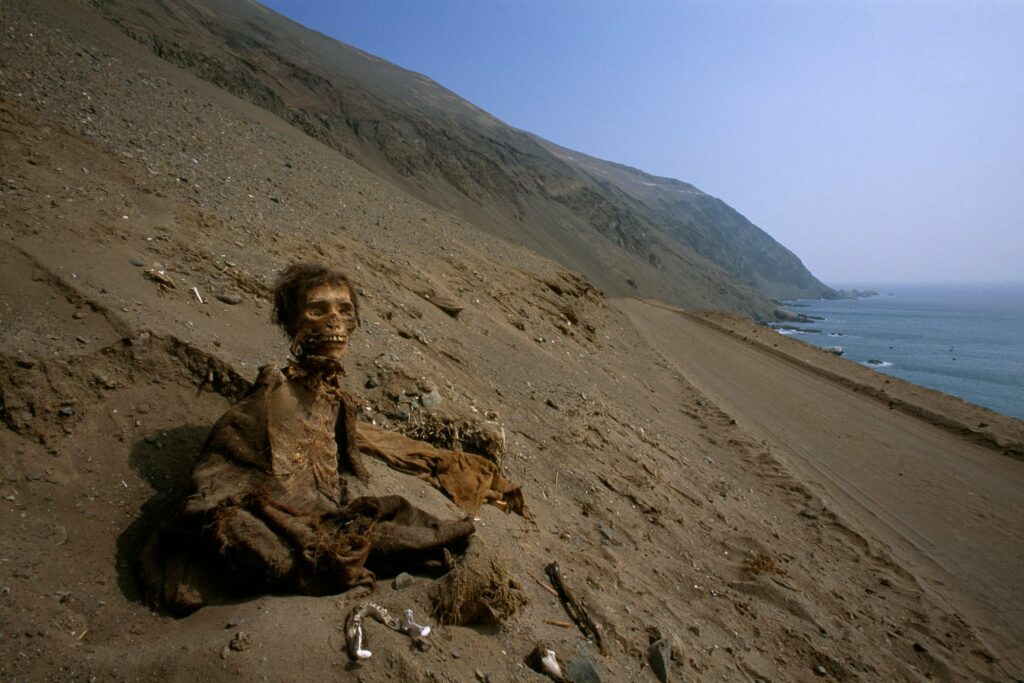
The Chinchorro: Masters of Ancient Mummification
A Legacy Older Than Egypt

The newly discovered mummy is believed to belong to the Chinchorro culture, a coastal civilization that once flourished in what is now northern Chile and southern Peru. What makes this find particularly significant is that the Chinchorro were pioneers of mummification, predating the famous Egyptian practices by more than two millennia. The oldest known Chinchorro mummy, found in the nearby Camarones Valley, dates back to an astonishing 5050 B.C.
Evolving Techniques of Preservation
Over 3,500 years, the Chinchorro refined their mummification techniques, developing three distinct styles:
- The Black Mummy Technique
- The Red Mummy Technique
- The Mud Coat Technique
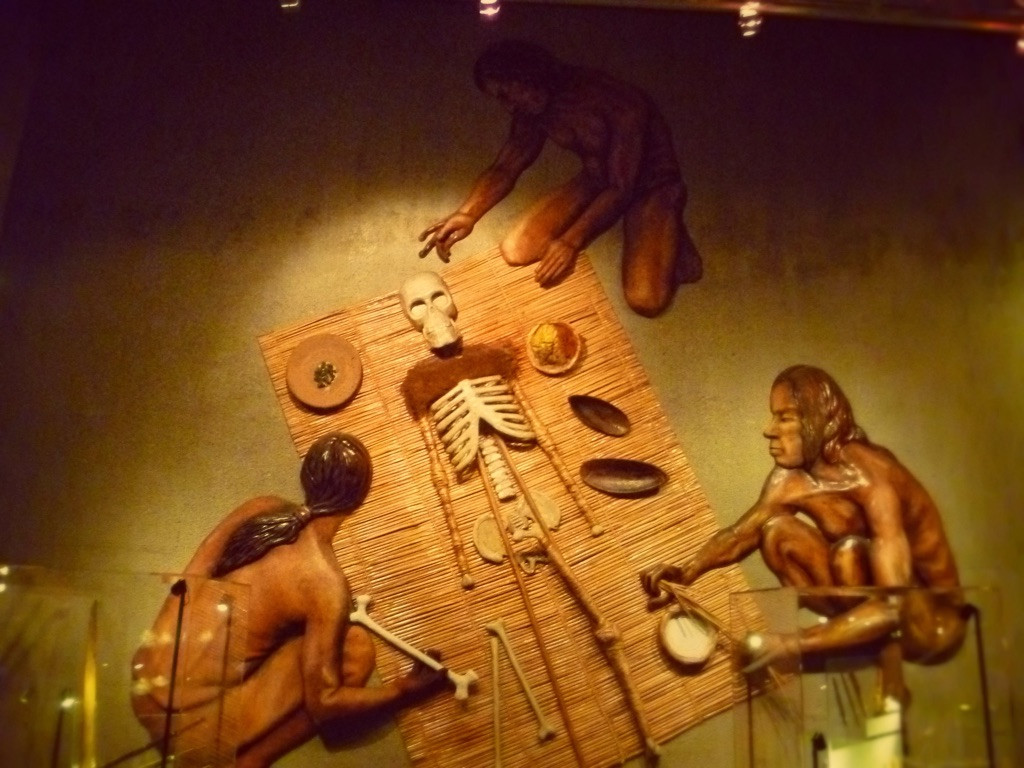
These methods involved intricate processes such as removing internal organs, replacing them with vegetable fibers or animal hair, and in some cases, completely reconstructing the body using clay.
A Society United in Death
Egalitarian Afterlife
Perhaps the most remarkable aspect of Chinchorro culture was their egalitarian approach to mummification. Unlike many ancient societies that reserved such treatments for the elite, the Chinchorro mummified all members of their community – from the elderly to infants, and even miscarried fetuses. This practice reflects a profound cultural value placed on preserving every individual, regardless of their social status or life circumstances.
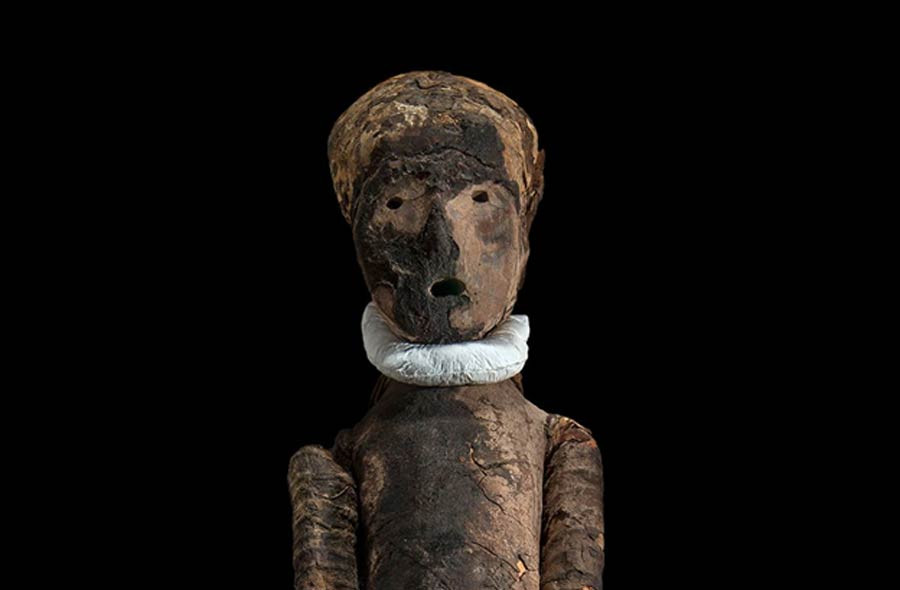
Honoring the Young
Intriguingly, children and babies often received the most elaborate mummification treatments. This attention to the youngest members of society provides a unique insight into Chinchorro values and beliefs about life, death, and the afterlife.
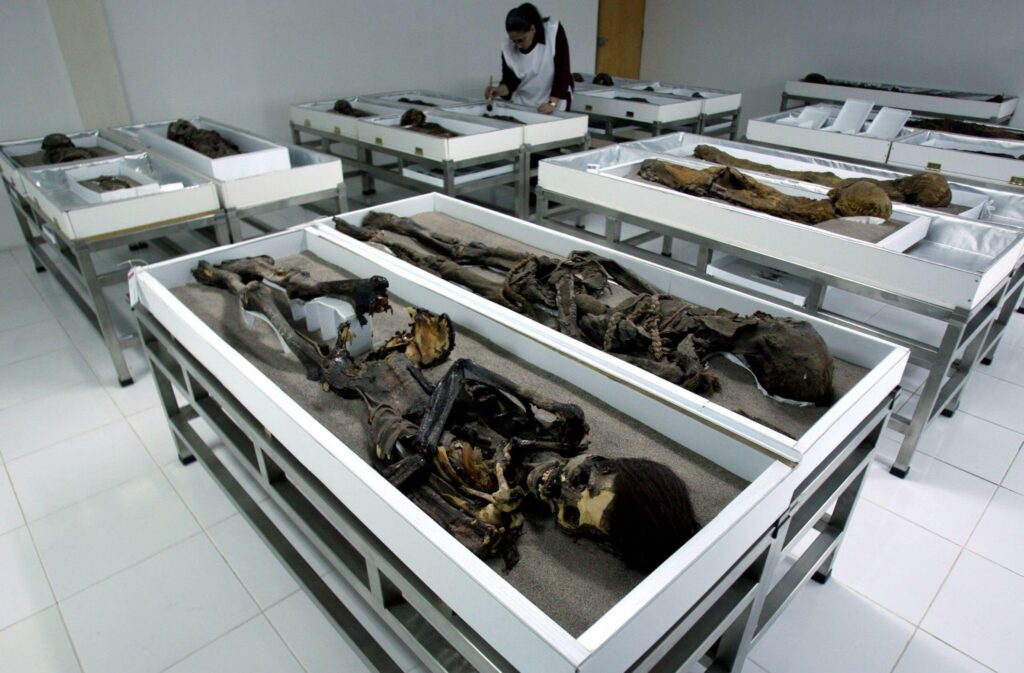
As researchers continue to study this latest find and other Chinchorro mummies, we gain deeper insights into this fascinating ancient culture. The discovery not only sheds light on early human practices in mummification but also offers a glimpse into a society that valued every member equally in life and in death. The legacy of the Chinchorro people, preserved for millennia in the arid coastal regions of South America, continues to captivate archaeologists and history enthusiasts alike, challenging our understanding of ancient civilizations and their complex relationships with mortality.
